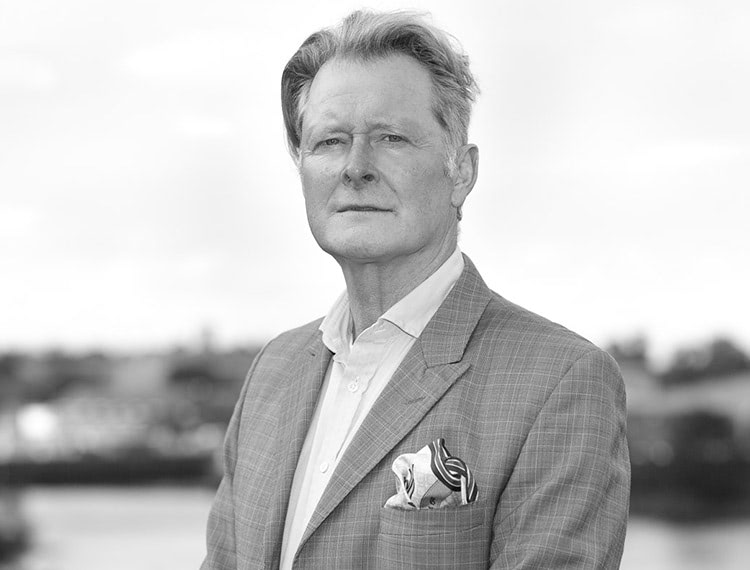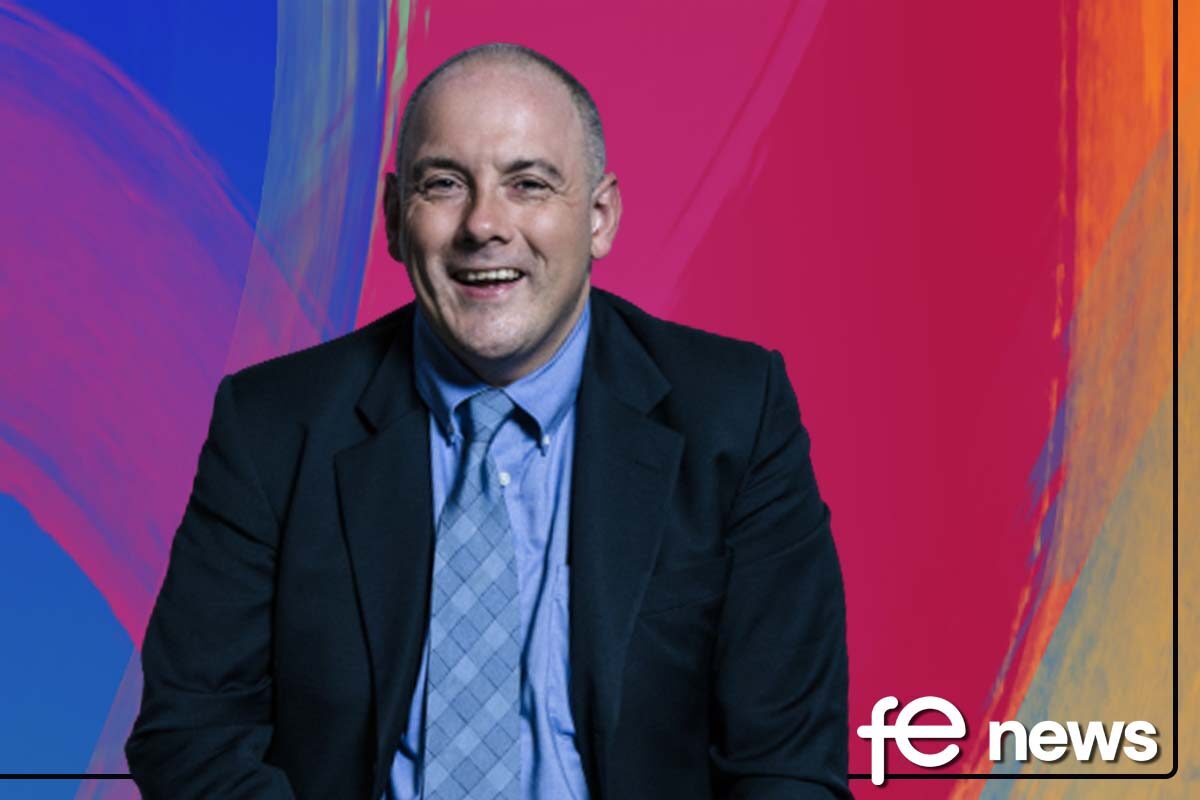Coronavirus – The New Normal & How To Work With It – Coming Out The Other Side

Not The Time For Quick Fixes & Short-Termism
During a conversation with a senior education manager about the current crisis, there was a pause and then they said, “One thing I am very clear about is if we don’t look after our staff when we come out of this, we will pay the price”
Another thing is also very clear, we mustn’t allow short-termism to prevail and quick fixes are not certain to be the right fixes when nothing is certain.
Economically and socially we are likely to face on Accordion Like dynamic until a vaccine is widely available – A partial relaxation of lockdowns, an easing off in some areas with a corresponding retightening in others, social distancing measures remaining in place and the continuing shielding of the elderly and vulnerable.
An Egalitarian Crisis
A reality of the current pandemic is it doesn’t fear or favour anyone.
This has fuelled widespread anxiety and fear of the unknown, compounded by worry for family members and financial security, and we just don’t know what the long-term effects will be.
The use of catastrophising language impacts on mental health and the aftershocks from the resulting trauma may be felt for some months, if not years to come.
In normal times traumatic events can leave a broad and lasting mark and not just on those directly affected by events. After 9/11, people who were not directly exposed to trauma, but spent many hours in front of a television or looking at their smartphones were at high risk for psychopathology, including PTSD, depression and anxiety.
COVID_19 is directly and indirectly touching the lives of many more people.
Over one third of the world’s population is experiencing some form of lockdown restrictions and we are all at different stages in navigating our personal journey to process and try to make sense of what the new different will mean.
Some Sort Of Normality
Some will be more able to do this than others, but there will be those who try to get through without thinking too much about what will be different. For them that will be something to tackle after the dust settles.
The common denominator, and unifier, is that we are all on some kind of journey moving through a range of feelings such as surprise, disbelief, frustration and depression, to behaviours that include re-engaging and letting go, learning to work in the new situation, acceptance and growth.
If we do experience an Accordion Like dynamic in the coming months there needs to be ways to help colleagues, family and friends to un-stick once more, moving forward again from the frustration and depression zone, and onto the learning, acceptance and growth zones.
And if we believe it is important to keep our workforce connected through this crisis, then it is our responsibility as leaders to focus, frame and provide the support they need to maintain their mental and emotional health, and be resilient, agile, adaptable, purposeful and present.
A New Architecture
As we have made drastic changes to our lives to stop the spread of the virus, we need to take urgent action to safeguard our future mental health too.
Even before this crisis the modern workplace was riven with chronic stress and endemic absenteeism directly related to mental health issues.
In my book ‘Uncovering Mindfulness’, I wrote in some detail about the impact of this in the workplace.
For instance, annually:
- £34.9 billion cost to the UK economy through mental health related absences, with
- 12 million working days lost every year, costing employers
- £45 billion per annum
I argued that if we were to approach this with the right mindset, it could lead to a very different set of outcomes and ways of organising and doing things. With a move away from bureaucratic and shareholder fuelled supersized organisations, towards a heterarchy of flexible communities for living and working where people have empathy, compassion and care for each other.
Of course, this would require a catalyst, but the Coronavirus could very well be just that – cancelling out inertia, the tendency to revert to a ‘business as usual’ attitude, and the network effect – and providing the acceleration that changes the future in regard to what work looks like and how organisations will become.
The word crisis comes from the Greek word krisis, which can be interpreted as “a vitally important or decisive state of things… a point at which change must come”
Whilst President Obama’s former chief of staff, Rahm Emanuel famously said, “You never let a serious crisis go to waste… it’s an opportunity to do things you think you could not do”
An Opportunity
In my first article in this short series I wrote that hugely beneficial political, intellectual and social changes and opportunities could emerge from this crisis, and one of those was to start to pay real attention not just to our own wellbeing, but also the wellbeing of others – Our colleagues, our neighbours, our family, our friends.
We shouldn’t just be content with that though.
We should also be focusing on well becoming. Being well and doing well in all senses of the word and in the employment setting this should be supported by:
- A vision
- A strategy that provides a forward-looking roadmap, & the
- Infrastructure
to ensure that no one pays the price!
As we work together to redefine what normal is, let us collaborate, innovate and value the use of technology to support wellbeing and well becoming outcomes.
We should never forget though that people do business with people and the human dimension – providing the space for listening, connection, empathy, reflection and compassion – must inform and be central to what’s put in place.
There is also a need to think total but act local – ensuring that what is available is wherever and whenever it is needed and that everyone knows what that is and where and how they can access it.
And What Else Should We Consider?
Georg Wilhelm Friedrich Hegel said, “The outcome decides the title” – So, be clear at the start what outcomes you must have.
And here are 3 Key Steps and 3 Key Questions that will help inform thinking and shape the planning and action you take:
3 Key Steps:
- Create a courageous vision – Start with Why? Then lead the How and the What of the strategy
- Consult your staff – What are they looking for? What do they need and what would they value? And what is possible?
- Cohere around your champions – Let the 20% build the critical mass you need to achieve a tipping point to close the gap between where you are and where you want to be and drive things forward; &
3 Key Questions:
- How are we going to be well together?
- How shall we organise our work in order to do well together?
- How will we turn a crisis into an opportunity to reimagine the future together?
These wise words of the English historian and Lawyer, Frederick William Maitland may give some comfort, “We should always be aware that what now lies in the past, once lay in the future”
For every employer resilience is now suddenly the priority, rather than the relentless quest for ever-greater efficiency.
Let’s learn from this and take the opportunity to do and be different, and in the final piece in this short series I will be looking at what leadership will look and feel like in the new normal.
Paul Adam Mudd is a Trusted Adviser, Leadership Provocateur, Savvy Thinker, International Keynote Speaker, Best Selling Mindfulness Author, Global Well Being & Well Doing Influencer, & Director of the Mudd Partnership










Responses